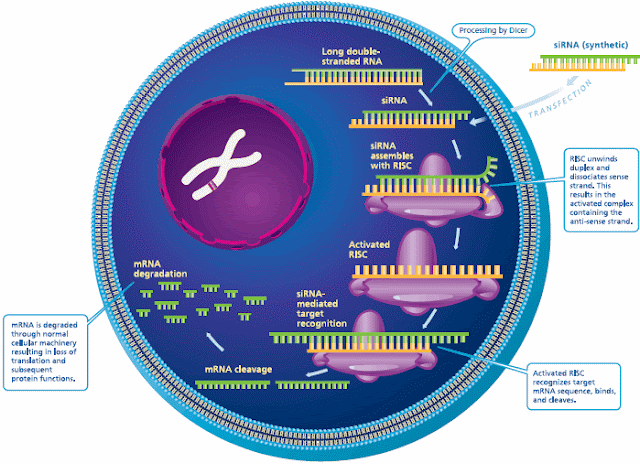200,000 disease causing genetic mutations known in the human DNA
About 10,000 new genetic mutations discovered annually in the human DNA
"Study shows 400,000 children with (new) developmental disorders born each year globally"
There's no doubt that human genome is rapidly degrading. The human gene mutation database proves this fact. Conclusions are obvious:
- Human genome is very young, only a few thousands of years.
- Rapidly increasing number of mutations form a logarithmic curve, which means that mutations make the genome weaker and new mutations arise even rapidly than before.
- Not a single beneficial mutation is observed. This means evolutionary theory is a major lie.
- Scientists urgently need efficient gene editing techniques. That's why they are focusing on CRISPR/Cas9 and other techniques.
| Table | Description | Total entries 197952 |
| Gene symbol | The gene description, gene symbol (as recommended by the HUGO Nomenclature Committee) and chromosomal location is recorded for each gene. In cases where a gene symbol has not yet been made official, a provisional symbol has been adopted which is denoted by lower-case letters. | 7791 |
| cDNA sequence | cDNA reference sequences are provided, numbered by codon. | 8046 |
| Genomic coordinates | Genomic (chromosomal) coordinates have been calculated for missense/nonsense, splicing, regulatory, small deletions, small insertions and small indels. | 174270 |
| HGVS nomenclature | Standard HGVS nomenclature has been obtained for missense/nonsense, splicing, regulatory, small deletions, small insertions and small indels. | 175389 |
| Missense/nonsense | Single base-pair substitutions in coding regions are presented in terms of a triplet change with an additional flanking base included if the mutated base lies in either the first or third position in the triplet. | 111135 |
| Splicing | Mutations with consequences for mRNA splicing are presented in brief with information specifying the relative position of the lesion with respect to a numbered intron donor or acceptor splice site. Positions given as positive integers refer to a 3' (downstream) location, negative integers refer to a 5' (upstream) location. | 17924 |
| Regulatory | Substitutions causing regulatory abnormalities are logged in with thirty nucleotides flanking the site of the mutation on both sides. The location of the mutation relative to the transcriptional initiation site, initiaton codon, polyadenylation site or termination codon is given. | 3725 |
| Small deletions | Micro-deletions (20 bp or less) are presented in terms of the deleted bases in lower case plus, in upper case, 10 bp DNA sequence flanking both sides of the lesion. The numbered codon is preceded in the given sequence by the caret character (^). | 29381 |
| Small insertions | Micro-insertions (20 bp or less) are presented in terms of the inserted bases in lower case plus, in upper case, 10 bp DNA sequence flanking both sides of the lesion. The numbered codon is preceded in the given sequence by the caret character (^). | 12245 |
| Small indels | Micro-indels (20 bp or less) are presented in terms of the deleted/inserted bases in lower case plus, in upper case, 10 bp DNA sequence flanking both sides of the lesion. The numbered codon is preceded in the given sequence by the caret character (^). | 2784 |
| Gross deletions | Information regarding the nature and location of each lesion is logged in narrative form because of the extremely variable quality of the original data reported. | 14781 |
| Gross insertions | Information regarding the nature and location of each lesion is logged in narrative form because of the extremely variable quality of the original data reported. | 3670 |
| Complex rearrangements | Information regarding the nature and location of each lesion is logged in narrative form because of the extremely variable quality of the original data reported. | 1802 |
| Repeat variations | Information regarding the nature and location of each lesion is logged in narrative form because of the extremely variable quality of the original data reported. | 505 |



Comments
Post a Comment